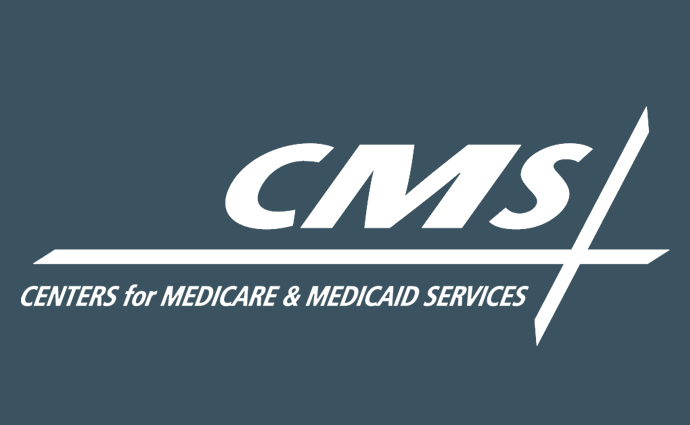CMS Funds 1,000 New Medicare Residency Slots to Address Labor Shortage
As part of the FY 2022 IPPS Final Rule, CMS will increase the workforce in rural and underserved communities by funding 1,000 new Medicare residency slots.

Source: Centers for Medicare & Medicaid Services
- CMS announced they would be funding 1,000 new Medicare residency slots to address labor shortages in rural and underserved communities as part of the Inpatient Prospective Payment System (IPPS) final rule.
The 2022 IPPS final rule directs CMS to provide 1,000 new Medicare-funded physician residency slots to qualifying hospitals, phasing out 200 residency slots over a five-year period.
CMS will announce the first round of 200 residency slots by January 31, 2023, and that will become effective July 1, 2023.
In addition to distributing the new residency slots, CMS will fund training programs in hospitals displaying the greatest need for providers as determined by the Health Professional Shortage Areas tool used to identify areas experiencing a shortage of healthcare workers.
“Doctors are most likely to practice in the areas where they do their residencies. Having additional residents train in the very areas that need the most support can not only bolster the numbers of providers in these underserved areas, but also train them with a unique understanding of the specific needs of these communities,” Director of the Center for Medicare, Meena Seshamani, MD, PhD, said in a public statement.
The new residency slots will total an estimated $1.8 billion over the next ten years.
“In implementing a section of the Consolidated Appropriations Act (CAA), 2021, this is the largest increase in Medicare-funded residency slots in over 25 years,” CMS stated in the announcement.
Additional sections of the CAA being put into effect will increase training in rural areas and raise graduate medical education payments to hospitals meeting the qualifying criteria.
The final rule will focus on improving the healthcare workforce by addressing inequalities in underserved areas.
“CMS recognizes the importance of encouraging more health professionals to work in rural and underserved areas, and the need to train and retain physicians to improve access to health care in these communities,” CMS Administrator Chiquita Brooks-LaSure said.
“The CAA created a tremendous opportunity for us to address health care inequities, and CMS is grateful to Congress for their action on this important issue,” Brooks-LaSure continued.
Earlier this year, Vice President Harris announced a $1.5 billion investment in response to healthcare workforce shortages in underserved communities impacted by the COVID-19 pandemic. The healthcare workforce is projected to lose 60,000 primary care doctors, dentists, and psychiatrists over the next decade. However, the United States needs nearly 158,000 new nurses every year for the rest of the decade to keep up with the increasing loss.
The investment provided by the federal government will support the National Health Service Corps, Nurse Corps, and Substance Use Disorder Treatment and Recovery programs. These federal programs offer scholarships and loan repayment for healthcare students and workers; in return, they will commit to working in underserved communities.
The funding to these programs will help to support more than 22,700 healthcare workers to work in hard-hit and high-risk communities.
